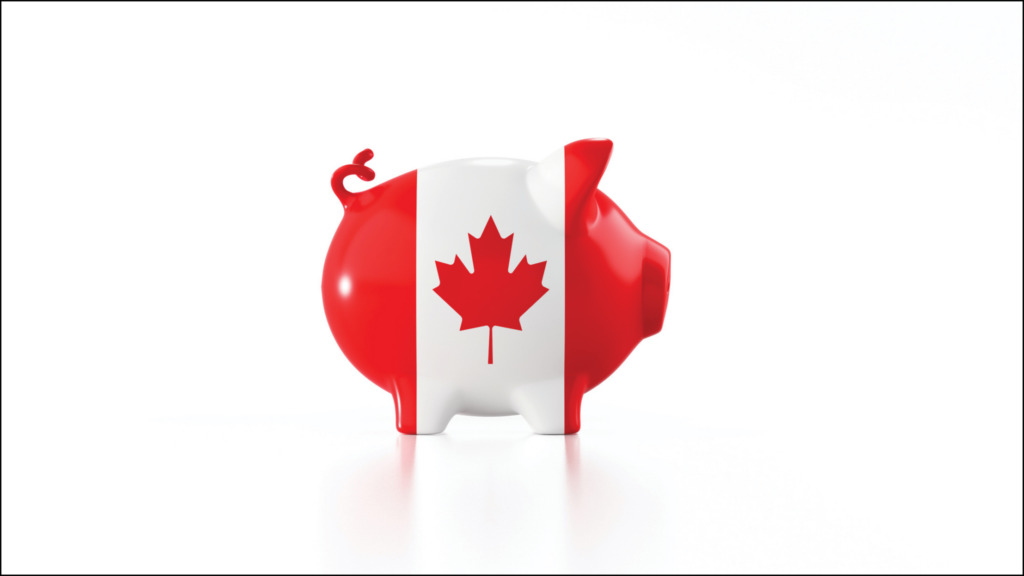
When government budgets are announced, they generally try to answer two questions:
1) How do we raise taxes?
2) Who will pay for these taxes?
The “Who” part is easy: It’s the rich and wealthy or those perceived as rich and wealthy (e.g. dentists.) The answer to the “How” is less certain. In 2016, they did it by raising the highest marginal tax rate from 49.53% to 53.53%, exceeding the 50% threshold. In 2018, they severely restricted dentists’ ability to split income with most family members. In 2024, they are going after capital gains.
Specifically, the government intends to increase the “inclusion rate” (i.e. the portion that is taxable) from 50% to 66.67% for capital gains realized on or after June 25, 2024. Individuals will have some relief as the first $250,000 of annual capital gains will still have the 50% inclusion rate. Corporations and trusts, on the other hand, will not, as all capital gains will be subject to the 66.67% inclusion rate.
What does that mean for dentists?
1) Your retirement funds may be smaller than you expect. Many dentists use their corporations as supersized RRSPs to invest their excess profits. The increase in the inclusion rate means a $100 capital gain in your corporation on or after June 25, 2024, will increase corporate taxes from about $25 to $33. The amount you would be able to withdraw as a tax-free capital dividend would also be smaller. Assuming a capital gain of $100, currently, $50 can be paid out tax-free. On or after June 25, 2024, only $33.33 can be paid out tax-free from the same $100 capital gain.
2) You may need to change your investment strategy:
a. Do I sell my investments before June 25, 2024? Pay less now or pay more later?
b. Do I change the type of investments I purchase? Do I focus on cash flow/dividends/interest income versus capital appreciation/capital gains?
3) Selling your practice may be more costly after June 24, 2024. Have you maximized your ability to claim your and/or your family’s lifetime capital gains exemption (LCGE)? The LCGE limit is proposed to increase from $1,016,836 to $1,250,000 as of June 25, 2024. With a higher inclusion rate, the LCGE has become an even more valuable tax savings tool.
What should I do?
For Corporations:
Corporations with investments have the following three options.
1. Sell before June 25, 2024, and withdraw everything;
2. Sell before June 25, 2024, only withdraw the tax-free capital dividend and reinvest the balance within the corporation; or
3. Hold on to investments in the corporation (i.e. do nothing now).
The best option for you will depend on your specific circumstances, but generally, you would select the options as follows:
Option 1: Sell before June 25, 2024, and withdraw everything
- You need cash personally to pay down debts such as home mortgages and personal lines of credit.
- You and/or your family have contribution room in tax-sheltered investment vehicles such as Registered Retirement Savings Plans (RRSP), Tax-free Savings accounts (TFSA), and First home Savings accounts (FHSA).
- You intend to sell your corporate investments within the next few years.
This option triggers personal and corporate taxes now. Hence, choose it if you have an immediate need or use it for the cash personally.
Option 2: Sell before June 25, 2024, only withdraw the tax-free capital dividend and reinvest the balance within the corporation.
- You intend to sell your corporate investments within the next few years.
- You don’t have an immediate need or use for cash personally.
This option triggers only corporate taxes now and allows you to take some money out tax-free for personal use. Hence, you would use this option if you intend to sell the investments in the next few years but wish to continue to defer the personal tax.
Option 3: Hold on to investments in the corporation (do nothing now)
- You expect a high annual rate of return on your investments (10%+ per year).
- You intend to hold on to these investments for an extended period.
- You believe the inclusion rate will come back down to 50% in a few years. Historically, the inclusion rate was 50% before 1989, 66.67% from 1989 to 1999, and 75% from 1990 to 1999.
This option does not trigger personal or corporate taxes now but will likely trigger higher taxes later. It works best if the investment rate of return is higher and/or the time horizon is longer so that the overall return can compensate for the higher taxes you incur later.
Individuals:
- Monitor your investments and time the sale of your investments to keep personal capital gains under $250,000 annually.
- Multiply the LCGE by adding family members as equity shareholders. Each LCGE can now save you up to $423,000 in taxes. Even where family members don’t have an LCGE, they still can use the 50% inclusion rate on their first $250,000 of annual capital gains.
- Consider crystallizing your LCGE. This involves claiming the LCGE while still owning your practice. We don’t know what’s next on the CRA’s radar, but we know few targets remain.
- Consider setting up an Individual Pension Plan (IPP), Personal Pension Plan (PPP) and/or retirement compensation (RCA).
- Share the tax burden with your family. The highest-income family members should pay for all expenses (mortgage, vacations, cars, etc.), while the lowest-income family members should invest. This allows investment income to be taxed in lower-income family member’s hands.
- Speak to your investment advisors and consider your risk profile and age/time horizon. Your portfolio may need to be rebalanced. Many investors in the past sacrificed the safety of investments that provide dividends/interest/cashflow for the tax savings of capital gains, which often come with more risk.
If you plan to sell any public securities (stocks, mutual funds, etc.) before June 25, 2024, ensure you do so at least three business days before, as there is usually a lag between the trade and settlement dates. Hence, a trade settled on June 24, 2024, should be entered by June 19, 2024 (three business days before June 24, 2024).
Many advisors will tell you not to let the tax tail wag the investment dog. Unfortunately, this federal budget forces you to do just that. By acting now, you can minimize the negative impact the tax changes can have on your retirement.
About the Authors




David Chong Yen*, CPA, CA, CFP, Louise Wong*, CPA, CA, TEP, Basil Nicastri*, CPA, CA and Eugene Chu, CPA, CA of DCY Professional Corporation Chartered Professional Accountants are tax specialists* and have been advising dentists for decades. Additional information can be obtained by phone (416) 510-8888, or e-mail david@dcy.ca / louise@dcy.ca / basil@dcy.ca / eugene@dcy.ca. Visit our website at www.dcy.ca. This article is intended to present ideas and is not intended to replace professional advice.











